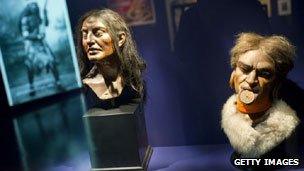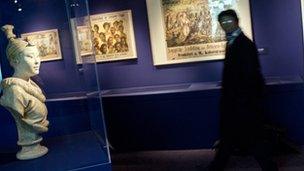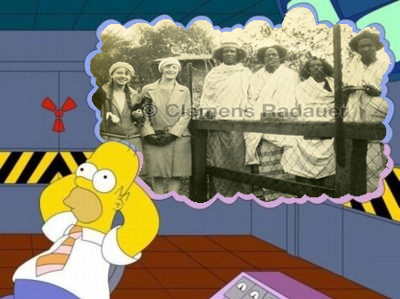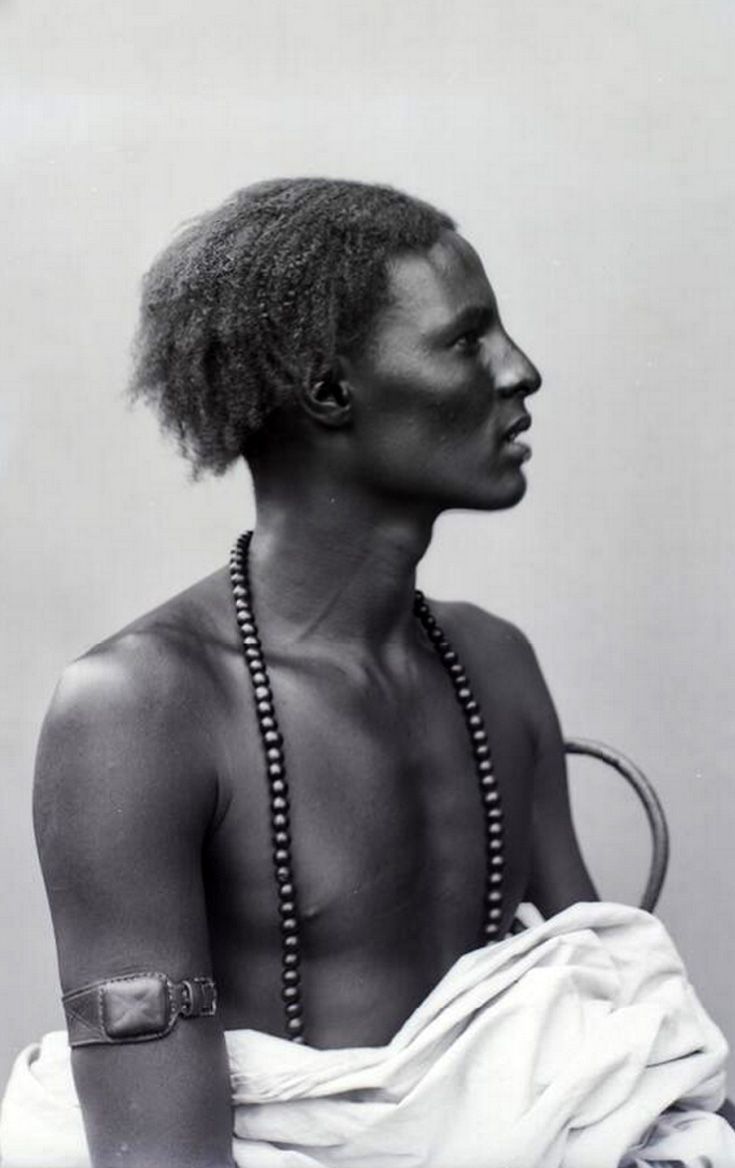arawelo 2.0
VIP
in all seriousness, I thought I couldn't feel more shame as a Somali. apparently, there are no depths we haven't sunk toShameful isn't it. The Somalis that actively took part are also documented. I wish I could erase it from the face of the Internet or the Libraries but it's stuck there forever.













